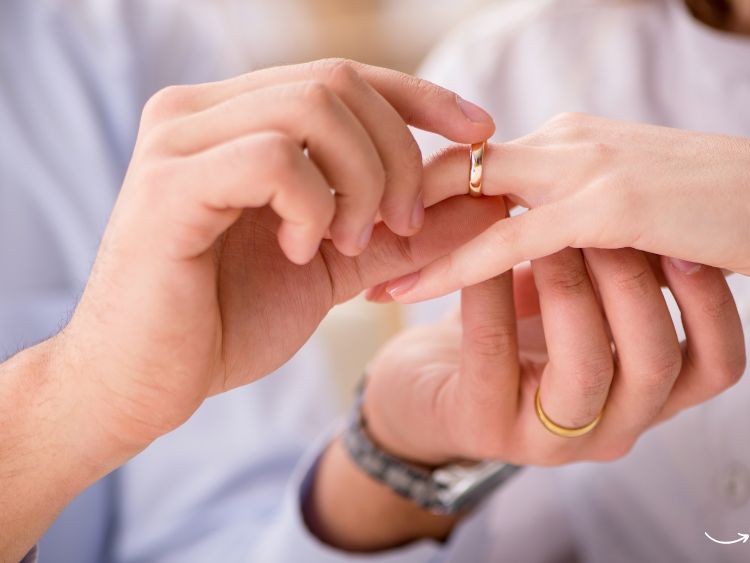Semi-Formal Attire for Men: A Comprehensive Guide
When it comes to dressing up for an event that’s not too casual yet not overly formal, the term “semi-formal” might leave many men scratching their heads. What exactly is semi-formal attire for men? Is it just a fancy way of saying “smart casual,” or does it require something more? In this article, we’ll delve into the world of semi-formal wear, breaking down what it means, how to nail the look, and why understanding this dress code can elevate your style game.
What Is Semi-Formal Attire for Men?
Semi-formal attire for men is a step up from casual but doesn’t quite reach the level of full formal wear. Think of it as the middle ground where sophistication meets comfort. While there are no hard and fast rules, the semi-formal dress code typically involves a suit or tailored separates, polished shoes, and attention to detail in accessories.
The Key Elements of Semi-Formal Attire
- The Suit: A well-fitted suit is the cornerstone of semi-formal attire. Whether you opt for a two-piece or a three-piece, the key is in the fit. Avoid overly baggy or tight suits; instead, go for a cut that complements your body type. Dark colors like navy, charcoal, and black are safe bets, but don’t shy away from lighter shades like gray or even a subtle pattern if you’re feeling adventurous.
- The Shirt: Underneath your suit, a crisp, clean dress shirt is essential. White is classic, but light blues and pastels can add a bit of personality without veering into casual territory. Make sure your shirt is well-pressed, and consider French cuffs with cufflinks for an extra touch of class.
- Trousers: Your trousers should match your suit jacket in both color and fabric. They should sit comfortably at your waist and break just above your shoes. Avoid any overly trendy cuts or embellishments; classic is key here.
- Shoes: Polished leather shoes are non-negotiable. Oxfords or brogues in black or brown are ideal choices. Make sure your shoes are clean and well-maintained—nothing ruins a semi-formal look faster than scuffed footwear.
- Accessories: This is where you can inject some personality into your outfit. A silk tie, a pocket square, and a classic wristwatch can elevate your look. Just remember, less is more when it comes to accessories. Stick to a color scheme that complements your outfit.
- Outerwear: If the weather calls for it, a tailored overcoat or a trench coat in a neutral color can complete your ensemble. Make sure it’s fitted and doesn’t overwhelm the rest of your outfit.
When to Wear Semi-Formal Attire
Semi-formal attire is appropriate for a wide range of events. Weddings, evening business functions, and certain social gatherings often call for this dress code. It’s versatile enough to suit various occasions without the stiffness of full formal wear. The key is to understand the context of the event and dress accordingly. If in doubt, it’s always better to be slightly overdressed than underdressed.
How to Choose the Right Semi-Formal Outfit
Choosing the right semi-formal outfit doesn’t have to be daunting. Start with the basics—a well-fitted suit in a classic color. From there, consider the event’s location and time of day. For instance, a daytime event might allow for lighter colors and fabrics, while an evening affair calls for darker, richer tones.
Consider the following tips when selecting your outfit:
- Fit Over Fashion: No matter how trendy your outfit is, if it doesn’t fit well, it won’t look good. Always prioritize fit over the latest fashion trends.
- Balance: Semi-formal is all about balance. Avoid anything too flashy or too casual. Aim for a look that’s polished yet approachable.
- Personal Style: Don’t be afraid to let your personality shine through. Whether it’s a unique tie or a pair of statement shoes, your outfit should reflect who you are.
FAQs About Semi-Formal Attire for Men
Q: Can I wear jeans as part of semi-formal attire? A: Generally, jeans are too casual for semi-formal events. Stick to tailored trousers or suit pants to maintain the appropriate level of formality.
Q: Is a tie always necessary for semi-formal attire? A: While a tie isn’t always mandatory, it’s usually a good idea to wear one for a semi-formal event. If the event leans more towards the casual side of semi-formal, you might get away without one, but it’s safer to include it.
Q: Can I wear a patterned suit? A: Yes, you can wear a patterned suit as long as the pattern is subtle and not overly bold. Think fine checks or stripes rather than loud plaids or florals.
Q: What colors are appropriate for a semi-formal outfit? A: Darker colors like navy, charcoal, and black are always safe choices. However, depending on the event, lighter colors like gray, beige, or even muted pastels can work well.
Q: Are loafers acceptable for semi-formal attire? A: Loafers can be acceptable, especially if they’re made of high-quality leather and polished. However, traditional dress shoes like Oxfords are generally a safer bet.
Conclusion
Understanding semi-formal attire for men is all about striking the right balance between formal and casual. It’s an opportunity to show off your style without the rigidity of a black-tie dress code. By following the guidelines outlined in this article, you can confidently put together an outfit that’s both stylish and appropriate for a variety of semi-formal events. Remember, the key is in the details—fit, fabric, and finishing touches all play a crucial role in nailing the semi-formal look.
Authoritative Links
For further reading and resources on semi-formal attire for men, check out these links:
By mastering the semi-formal dress code, you’ll not only look the part but feel the part, ensuring you leave a lasting impression wherever you go.
